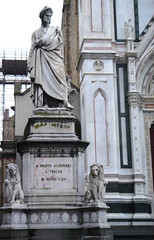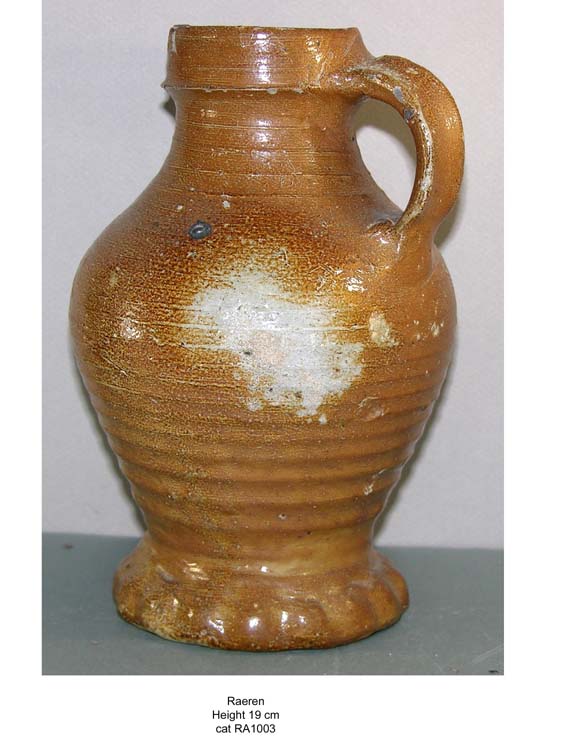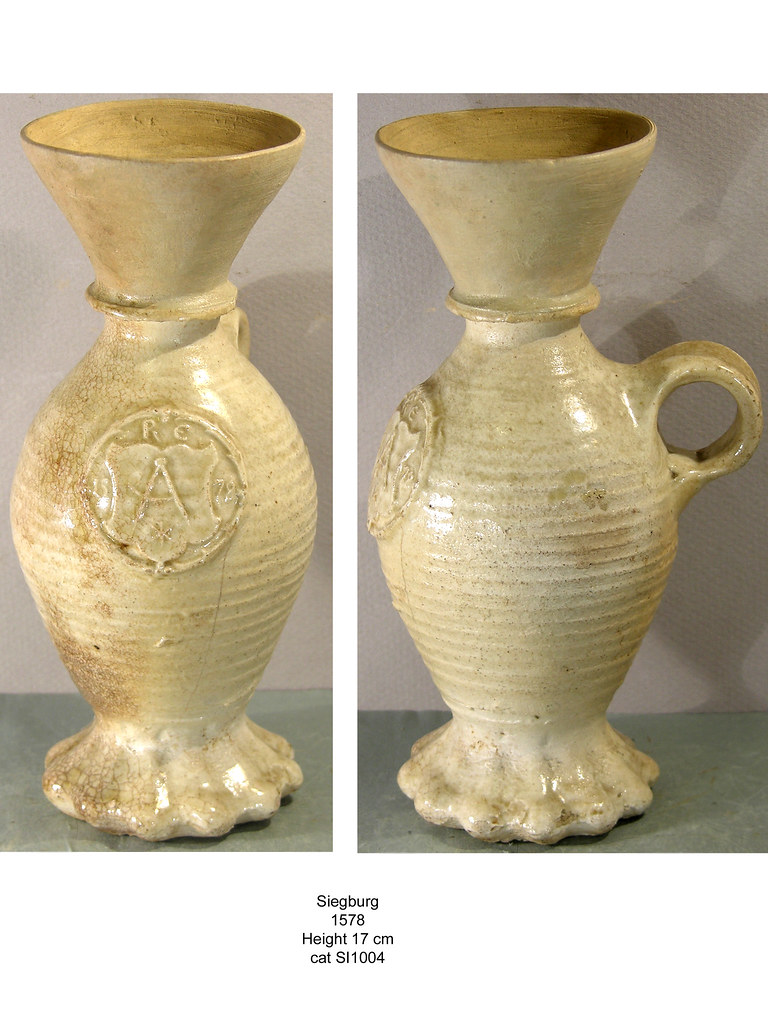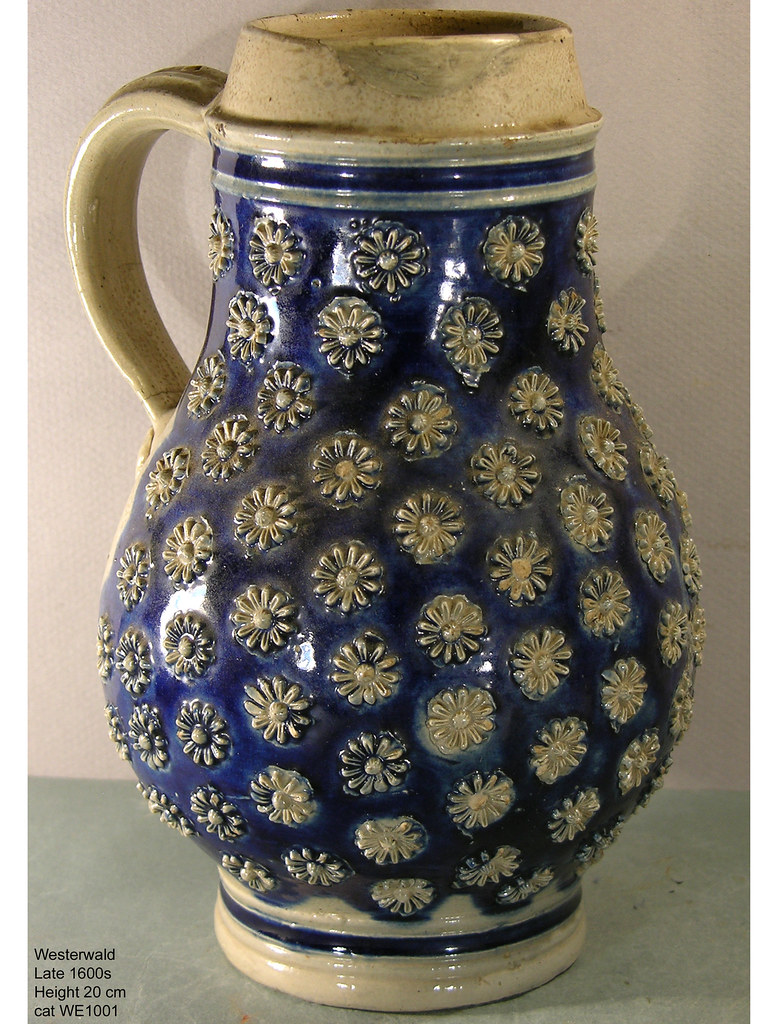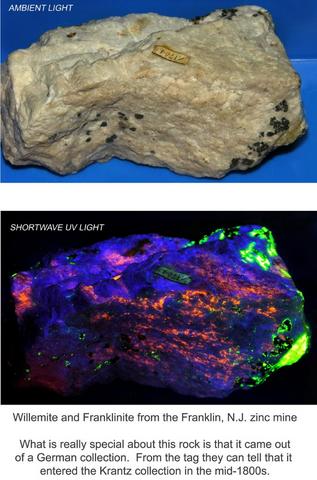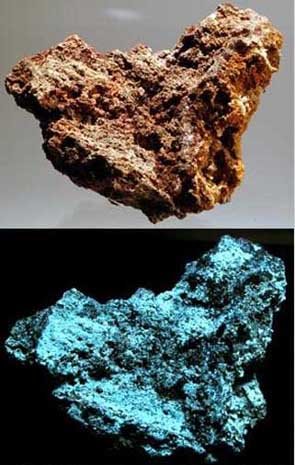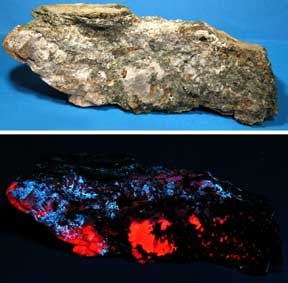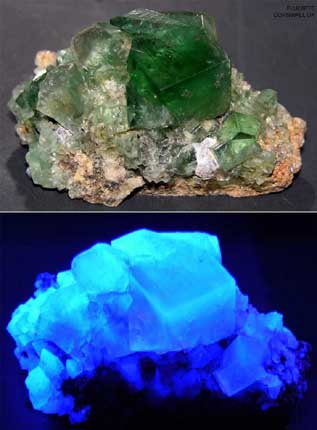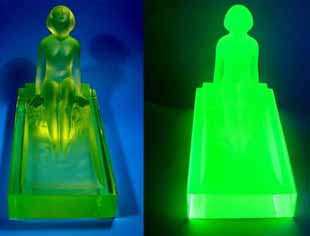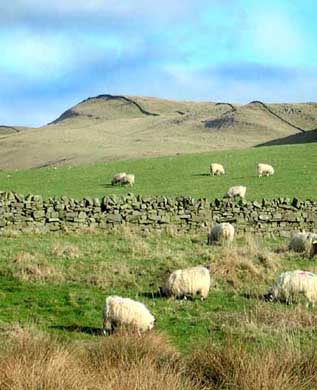Radium Springs New Mexico
The period from 1850 until the early 1900’s was a very rich one for the desert southwest. Soon after gold was discovered in California in 1849 a large number of settlers moved from the Eastern part of the continent to the West coast to try and get rich. Of course for the most part those who prospered were not the miners, but the people who provided services or supplies to them.
Soon after gold was discovered in California in 1849 a large number of settlers moved from the Eastern part of the continent to the West coast to try and get rich. Of course for the most part those who prospered were not the miners, but the people who provided services or supplies to them.
The distance these people travelled was immense, roughly 3,000 miles (almost 5,000 kilometers) over some very rugged and dry terrain. The white people had not yet completed the genocide of the native indians, so attacks by the natives was still a genuine hazard.
-
Lots of people were upset because it took several months for mail to travel from coast to coast. So the federal government let a contract for the first overland mail service, called the Butterfield Overland mail. It travelled the 2,700 miles from St. Louis to San Francisco in 25 days by travelling day and night, changing teams of horses (or mules) roughly every 20 miles.
To protect the settlers from the native people the government established a series of military forts.
One of the Butterfield stage stations and forts is located right under Cooke’s peak in Southern New Mexico. There are several Butterfield stations and forts between Las Cruces and Deming. Yesterday I visited both Ft. Cummings and Ft. Selden.
Ft. Cummings is well out in the middle of nowhere, right under the east side of Cooke’s peak. There are still visible remnants of the fort, the Butterfield Stage station and the cemetery. Cooke’s spring there is dry now.
The remnants of the Butterfield Stage Station at Ft. Cummings shows the same type of construction as the stations nearby in the Cornudas, Hueco Mountains, and others. They used flat rocks and filled in the gaps with mud. This station is interesting in that it also shows adobe built on top of the rock walls.
Just north of Las Cruces one can see Ft. Selden. There is a New Mexico state park there and the fort is a little better preserved than many. General Douglas McArthur lived there as a boy from 1884 to 1886 when his father was post commander. The black Buffalo Soldiers served there. The fort is located about a mile south of the hot springs which were initially called Ft. Selden springs. The soldiers from Ft. Selden enjoyed bathing in the hot springs.
After the transcontinental railroads came through in the 1880’s there was a rail stop here right at the hot springs. These hot springs became famous because of the high amount of radium in the water. At the time Radium was thought to be antibiotic and to provide various curative properties. In fact recent research has reopened this discussion, looking at perhaps positive effects from low levels of ionizing radiation. 
In 1926 a post office was established and town was renamed Radium Springs.
The hot geothermal water is still there just a few feet below the surface. The old 1920s resort hotel and the baths are in the process of renovation. The owners hope to re-open in the near future as soon as all the correct permits are received and some access problems are solved.
Link: http://www.radiumhotspringsinn.com/
